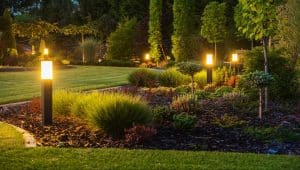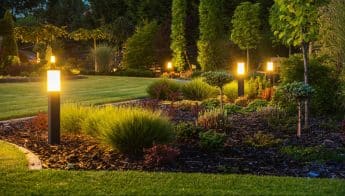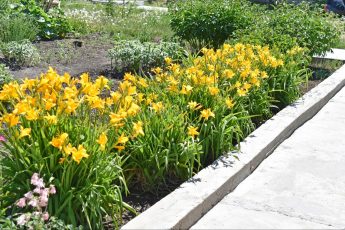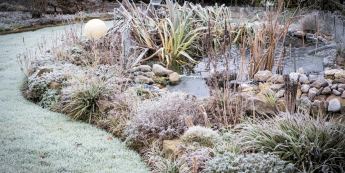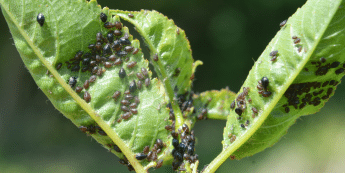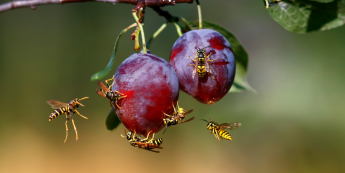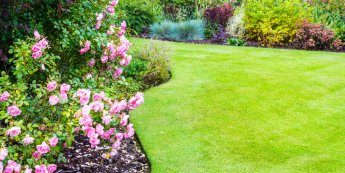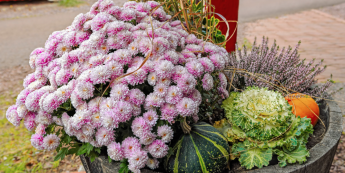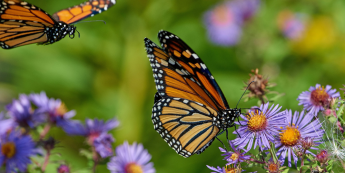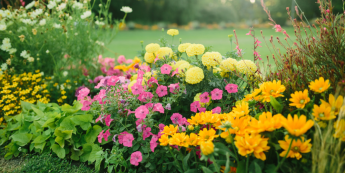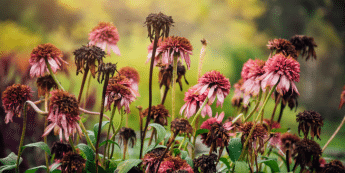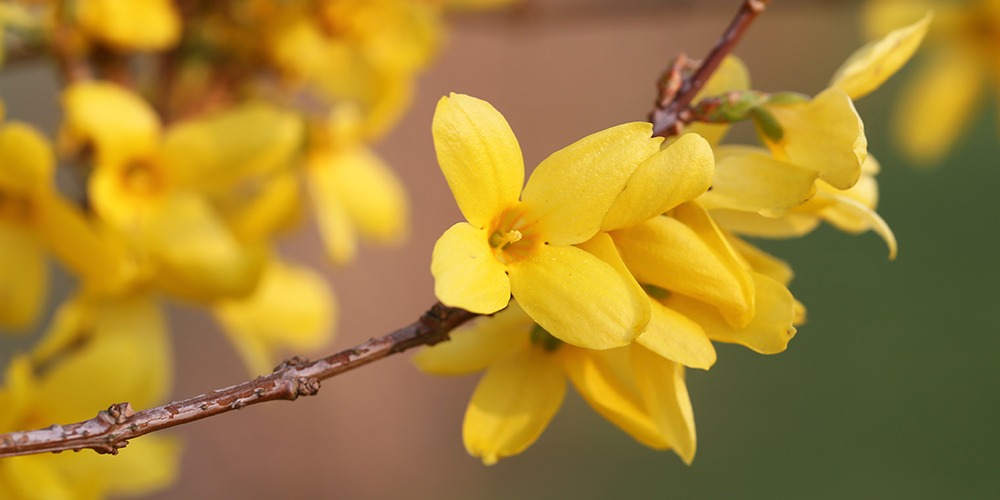
When you see tulips at the grocery store in February or flowering tree branches in bouquets in March, it’s because they’ve been forced to bloom early. Forcing is not quite as mean as it sounds at first. In reality, forcing is just the process we use to wake up dormant plants earlier than they would if kept outdoors.
Forcing Flowering Shrubs & Tree Branches to Bloom
You can break the dormancy of plants indoors quite easily on your own. Bringing some spring-flowering plants indoors can cause them to come out of dormancy and bloom earlier than they usually would. It’s a pretty simple process, and if you’ve been out doing some early spring pruning in your yard already this year, then you have the perfect candidates already to try this. Ideally, when you’re doing your pruning, you should be cutting branches off at about a 45 º angle. This is the perfect angle for bringing them indoors to force them for early blooms.
When to Cut Dormant Branches for Forcing
You can generally bring branches indoors for blooming anytime between mid-March to the end of April in Edmonton. Typically, pruning is best done when the risk of extreme cold has passed, so it’s best to cut branches for blooming when temperatures are warmer than -15 ºC. If you can do it on a day that’s closer to zero or warmer, all the better””this way, the branches won’t experience quite as stark of a temperature difference when you bring them indoors.
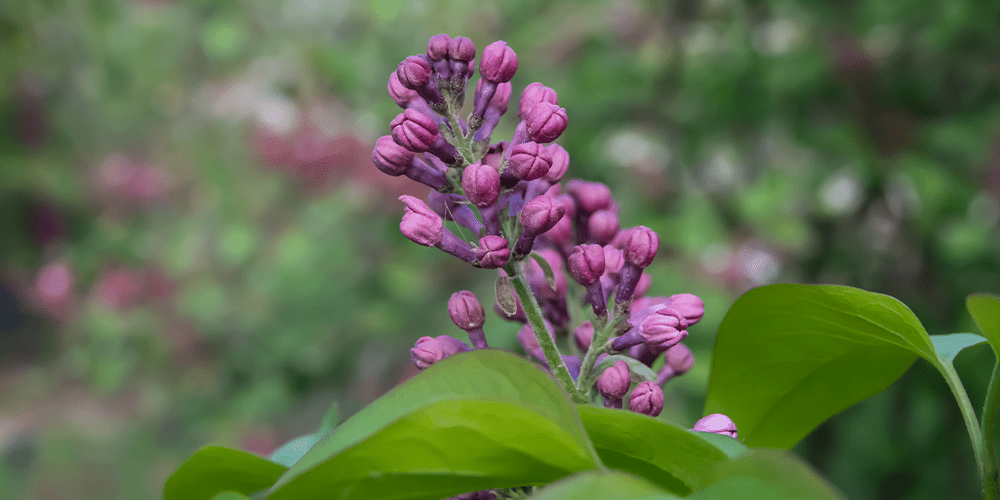
How to Cut Branches for Forcing
If you’re more interested in cutting for the flowers than for the sake of pruning, you’ll want to look for buds that are starting to swell. But really, it’s better to prune your trees and shrubs as they need it, and bring in what has viable buds on it and see how it goes.
Cut your branches with a 45 º angle at the bottom, then crush or squish the ends a bit with a hammer to loosen up the fibres and allow them to soak up more water. Once loaded with flowers, your branches may tip your vase over, so don’t cut them too long. 1-2 foot long sections are usually appropriate.
Cut any short twigs and branches off the stems’ cut end so they fit easily into a vase. Use a reasonably heavy vase, and you may want to add something heavy in the bottom as well to prevent it from tipping over and spilling.
Fill the vase with tepid or room temperature water. Warmish water has the effect of encouraging them to open even sooner. They’ll still bloom with cold water, but it will delay blooming a bit. Make sure to rinse out the vase and give them fresh water to prevent them from rotting.
What Types of Trees and Shrubs to Cut From
You can cut branches for forcing from almost any spring-flowering shrub in your yard. Try branches from:
- Forsythia
- Lilac
- Cherries
- Crabapple
- Apple
- Pussy Willows
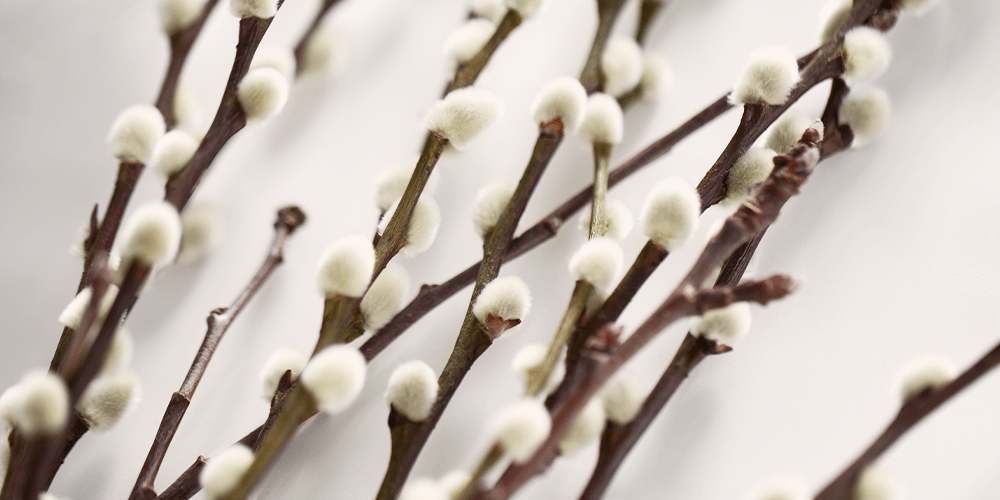
How to Cure Pussy Willow Branches
Pussy willows are a favourite element for all sorts of home decor. If you have some in your yard, you can cut and cure branches and keep them indefinitely. This process is easiest if you cut the branches when the tiny pussytoe buds are almost entirely out of their hard bud casing. Then you just need to cut them and let them dry! If you happen to cut them with the plants are still fairly dormant, you’ll need to put them in water for a bit while, like other branches.
Once the little soft tips of the pussytoes start to poke out of the buds, take your branch cuttings out of the water and set them in a vase or pitcher with a wide-open top to dry. You can add silica pellets to help them dry faster, or you can just leave them to dry on their own. Check the bottom of the vase and dump any excess water you might find in the first day or two.
Once your pussy willow branches are fully dry, you can store them and use them in arrangements for years to come.
How to Harvest Responsibly
Responsible harvesting is of critical importance if you don’t have your own flowering trees or shrubs in your yard. Always ask permission from the landowner if there’s a shrub you’d like some branches from. Don’t ever harvest from dormant plants, shrubs, or trees in national parks.
The public can forage small quantities only for personal use on crown land, also called public land use zones. However, it’s essential to know the area you’re going to, be aware of who else may be using the land, like ranchers, hunters, logging industry, ATV users, or equestrian users. Be conscious of these users when foraging, and respect the wildlife that lives there and other people who may use the land. Never take more than 1-2 pieces from one specimen.
Foraging in the City of Edmonton’s public parks is illegal.
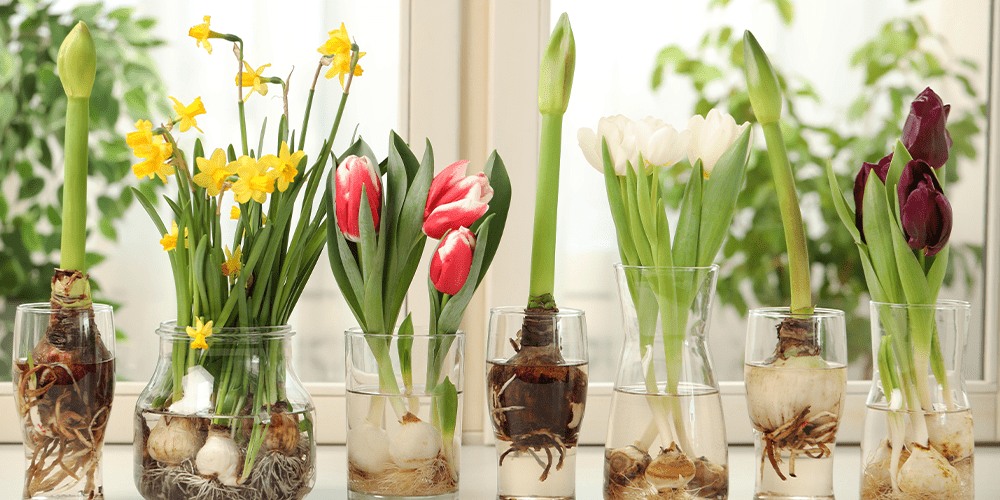
How to Force Flower Bulbs
There are quite a few types of bulbs that you can force to bloom early indoors. Some of the easiest are amaryllis and paperwhite narcissus, as they don’t require any chilling period to break their dormancy. Simply plant them and start watering them 8-10 weeks before you want them to bloom, and they’re good to go.
Most other bulbs need a period of extended cold, also called cold stratification, before they’ll bloom. This means simulating what bulbs would experience in the ground over the winter.
Bulbs that need chilling include:
- Tulips
- Daffodils
- Hyacinths
- Crocus
- Iris
- Scilla
- Fritillaria
- Muscari
- Snowdrop
Many of these plants require 15-18 weeks of dormant chilling time (also known as vernalization) to bloom properly. You can simulate the winter experience by planting your bulbs in pots and storing them in the fridge, never the freezer. Each bulb type will indicate on its packaging how long it needs to be chilled for.
Having flower bulbs bloom indoors when you want them to takes planning. So, start looking for your bulbs for forcing in late August or early September.
- For January blooms, start chilling in early September.
- For February blooms, start chilling mid-October.
- For March blooms, start chilling in early November.
How to Plant Bulbs for Forcing
To plant bulbs in a pot, add 2 inches of potting mix, then start adding dormant bulbs. Leave about half an inch of space around them. Cover bulbs with dirt, then add another layer. Finish the pot, water it well, and label it with what you planted in the pot so that you don’t forget!
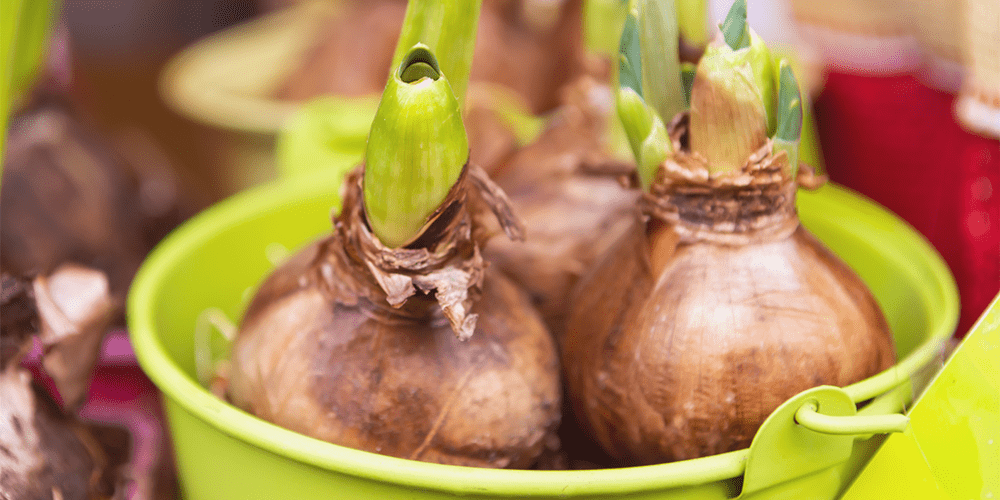
How to Chill Flower Bulbs
After planting, bulbs need temperatures from 0-10 ºC and total darkness for their entire dormant period, about 16-18 weeks. Once they’re potted, you can store them in a cold frame, garage, or fridge. You’ll need to keep the soil moist (but not soggy) while in storage.
Keep them in the dark, or they may start to grow before they’re fully chilled. Whatever you do, don’t store your potted bulbs anywhere near fruit. Many fruits let off ethylene gas, which is fatal for flower bulbs.
After chilling, they need 3-4 weeks to wake up from dormancy until the plants will bloom. So bring them out once they’ve reached 16-18 weeks, or whatever period was mentioned on the bulb’s packaging, and keep an eye on them.
An old fridge in the garage is an excellent option for chilling bulbs if you have one. Alternatively, you can buy prechilled bulbs to plant, so you won’t need to worry about the chilling process or using up your fridge space on dormant bulbs.
How To Feed Bulbs
Use bulb fertilizer with every watering when you bring your bulbs out of chilling. Bulb Tone is one of the best, and you can also use bulb dust for disease management. Amending your soil with compost, including your containers, and adding bone meal can help promote long-term nutrient availability for your bulbs.
Planting Bulbs Outside
Once your cold-hardy potted bulbs have finished blooming in their pots, such as tulips, crocus, irises, snowdrops, and daffodils, you can plant them in the ground as soon as you can dig your trowel into the soil. Since the forcing process can be very hard on these bulbs, keep in mind that there’s no guarantee that they’ll bloom again next year.
Bulbs that are not hardy enough for Alberta winters, like amaryllis, paperwhite narcissus, muscari, and fritillaria, are unlikely to bloom for a second year indoors. You’re better off discarding them once their bloom cycles have finished.
If you’re up to the challenge of bringing some spring colour indoors this year, visit us at Salisbury Greenhouse! From pruning shears for your spring-flowering branches to bulbs, soils, and fertilizers, you’ll find everything you need for your next gardening project.

